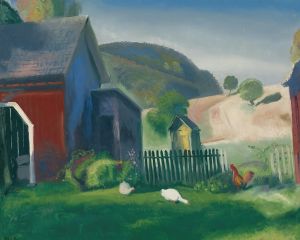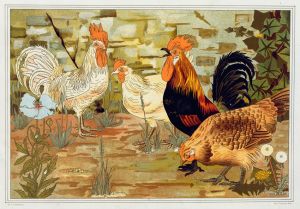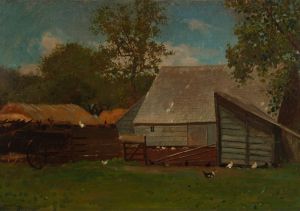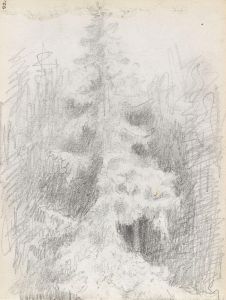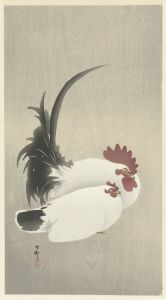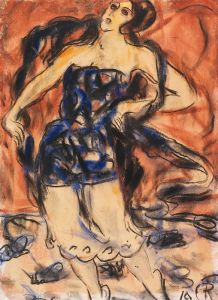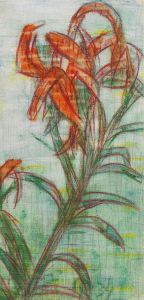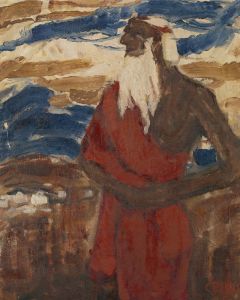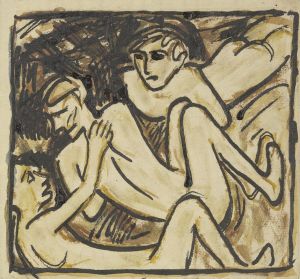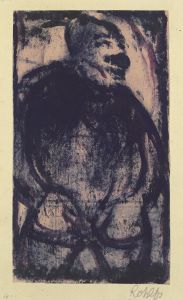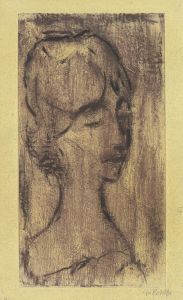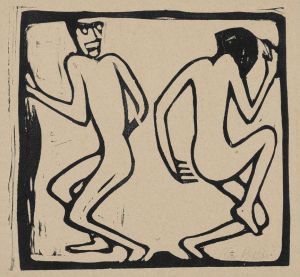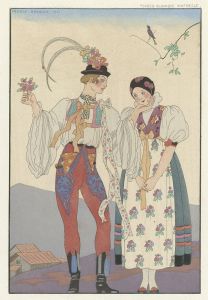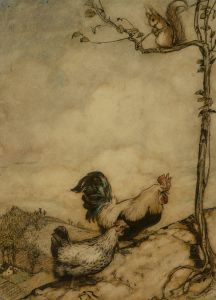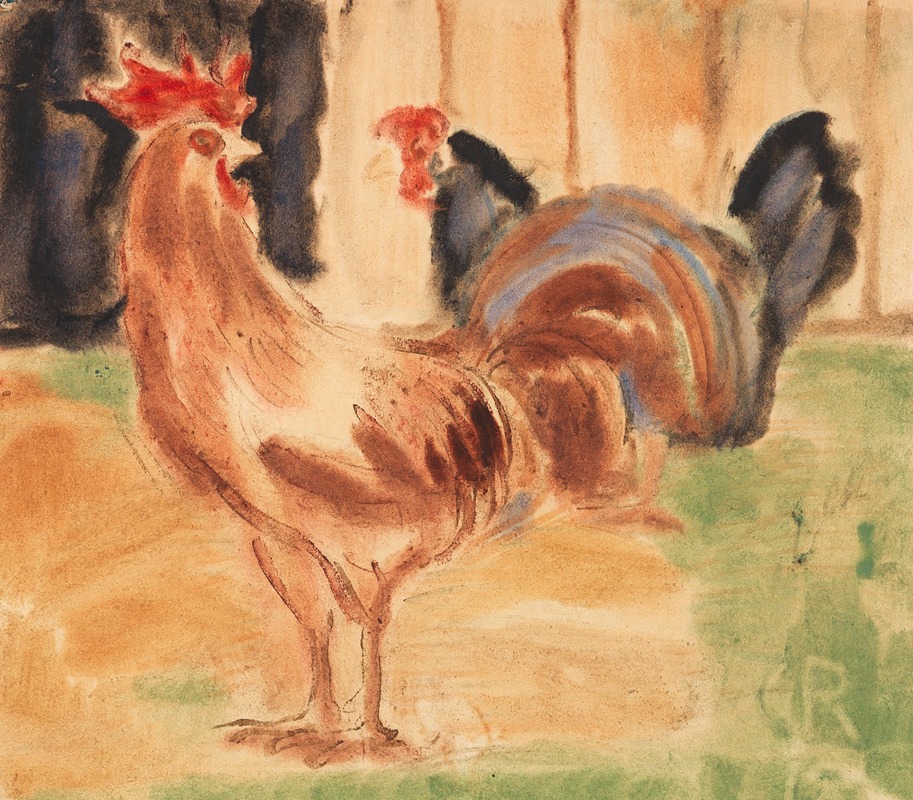
Hahn und Huhn
A hand-painted replica of Christian Rohlfs’s masterpiece Hahn und Huhn, meticulously crafted by professional artists to capture the true essence of the original. Each piece is created with museum-quality canvas and rare mineral pigments, carefully painted by experienced artists with delicate brushstrokes and rich, layered colors to perfectly recreate the texture of the original artwork. Unlike machine-printed reproductions, this hand-painted version brings the painting to life, infused with the artist’s emotions and skill in every stroke. Whether for personal collection or home decoration, it instantly elevates the artistic atmosphere of any space.
Christian Rohlfs was a German painter known for his contributions to Expressionism. Born on December 22, 1849, in Niendorf, Germany, Rohlfs had a long and evolving career that saw him transition through various styles and movements. Initially trained in the academic tradition, he later embraced Impressionism and eventually became a prominent figure in the Expressionist movement.
One of Rohlfs' works, "Hahn und Huhn" (translated as "Rooster and Hen"), exemplifies his mature style, characterized by bold colors and dynamic forms. This painting reflects Rohlfs' interest in capturing the essence and vitality of his subjects rather than adhering to realistic representation. His approach often involved the use of vivid colors and expressive brushstrokes, which were hallmarks of the Expressionist movement.
Rohlfs' journey into Expressionism was influenced by his exposure to various avant-garde movements during his lifetime. After studying at the Weimar Academy, he initially painted in a naturalistic style. However, his encounter with the works of Vincent van Gogh and the Fauves in the early 20th century had a profound impact on his artistic direction. These influences are evident in "Hahn und Huhn," where the use of color and form takes precedence over detailed depiction.
The painting likely dates from the period when Rohlfs was associated with the artists' colony in Hagen, Germany. During this time, he was supported by the art collector Karl Ernst Osthaus, who founded the Folkwang Museum. Osthaus' patronage allowed Rohlfs to experiment freely and develop his distinctive style. The environment in Hagen, which encouraged artistic innovation and exchange, played a crucial role in Rohlfs' evolution as an artist.
"Hahn und Huhn" captures the dynamic interaction between the rooster and the hen, rendered in a manner that emphasizes movement and emotion. The composition is marked by a vibrant palette and energetic brushwork, elements that convey the liveliness of the scene. Rohlfs' ability to infuse his subjects with a sense of vitality is a testament to his mastery of color and form.
Throughout his career, Rohlfs remained committed to exploring the expressive potential of art. His works often focused on themes of nature and rural life, subjects that allowed him to experiment with color and composition. Despite facing challenges, including being labeled a "degenerate artist" by the Nazi regime, Rohlfs continued to paint until his death on January 8, 1938.
Today, Christian Rohlfs is recognized as a significant figure in German Expressionism. His works, including "Hahn und Huhn," are celebrated for their emotional intensity and innovative use of color. They continue to be studied and appreciated for their contribution to the development of modern art.





